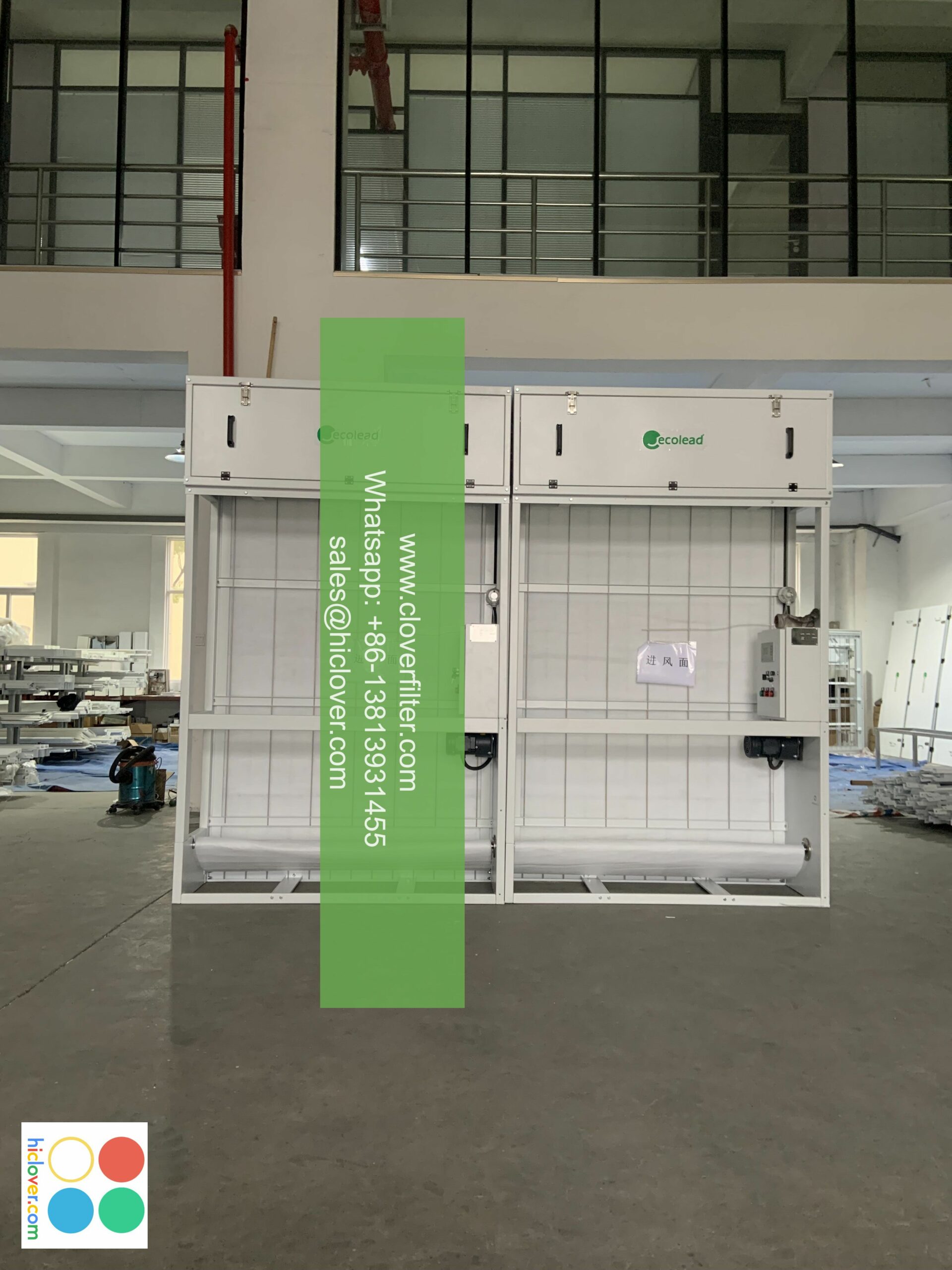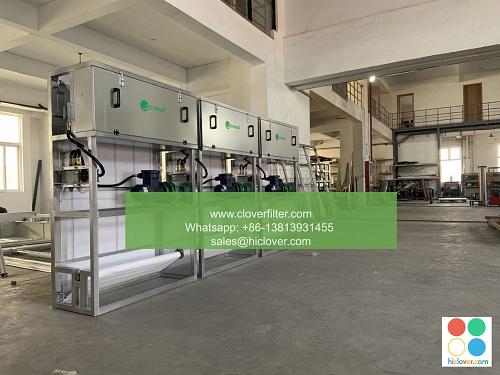Air Filter Distribution: A Key Component of Industrial Ventilation Operations

Industrial ventilation operations play a critical role in maintaining a safe and healthy environment in various industries such as manufacturing, pharmaceuticals, and chemical processing. One of the essential components of these operations is air filter distribution, which involves the selection, installation, and maintenance of air filtration systems to ensure the removal of harmful pollutants and contaminants from the air. In this article, we will highlight the importance of air filter distribution in industrial ventilation operations and explore its various application areas.
Importance of Air Filter Distribution
Effective air filter distribution is crucial in industrial ventilation operations as it helps to prevent the spread of airborne diseases, reduces the risk of explosions and fires, and improves the overall indoor air quality. A well-designed air filtration system can remove up to 99.97% of particulate matter, including dust, pollen, and bacteria, from the air, creating a safe and healthy environment for workers.
Application Areas
Air filter distribution has a wide range of application areas, including:
* Industrial manufacturing: Air filters are used to remove metal dust, chemical fumes, and other hazardous particles from the air, ensuring a safe working environment for employees.
* Pharmaceutical industry: HEPA filters and ULPA filters are used to maintain sterile environments and prevent contamination of pharmaceutical products.
* Chemical processing: Air filters are used to remove hazardous chemicals and gases from the air, reducing the risk of explosions and fires.
* Food processing: Air filters are used to remove odors, bacteria, and other contaminants from the air, ensuring a clean and safe environment for food processing.
* Healthcare facilities: Air filters are used to remove bacteria, viruses, and other pathogens from the air, reducing the risk of hospital-acquired infections.
Types of Air Filters
There are several types of air filters available, including:
* HEPA filters: High-efficiency particulate air filters that can remove up to 99.97% of particulate matter from the air.
* ULPA filters: Ultra-low penetration air filters that can remove up to 99.999% of particulate matter from the air.
* Activated carbon filters: Filters that use activated carbon to remove odors, gases, and chemicals from the air.
* Pre-filters: Filters that are used to remove larger particles from the air, extending the life of the main air filter.
Best Practices for Air Filter Distribution
To ensure effective air filter distribution, it is essential to follow best practices, including:
* Regular maintenance: Regularly inspect and replace air filters to ensure they are functioning correctly.
* Proper installation: Ensure that air filters are installed correctly to prevent leaks and contamination.
* Monitoring: Continuously monitor the air quality to ensure that the air filtration system is functioning correctly.
In conclusion, air filter distribution is a critical component of industrial ventilation operations, and its importance cannot be overstated. By selecting the right type of air filter and following best practices, industries can ensure a safe and healthy environment for workers, reduce the risk of explosions and fires, and improve the overall indoor air quality. Prompt

